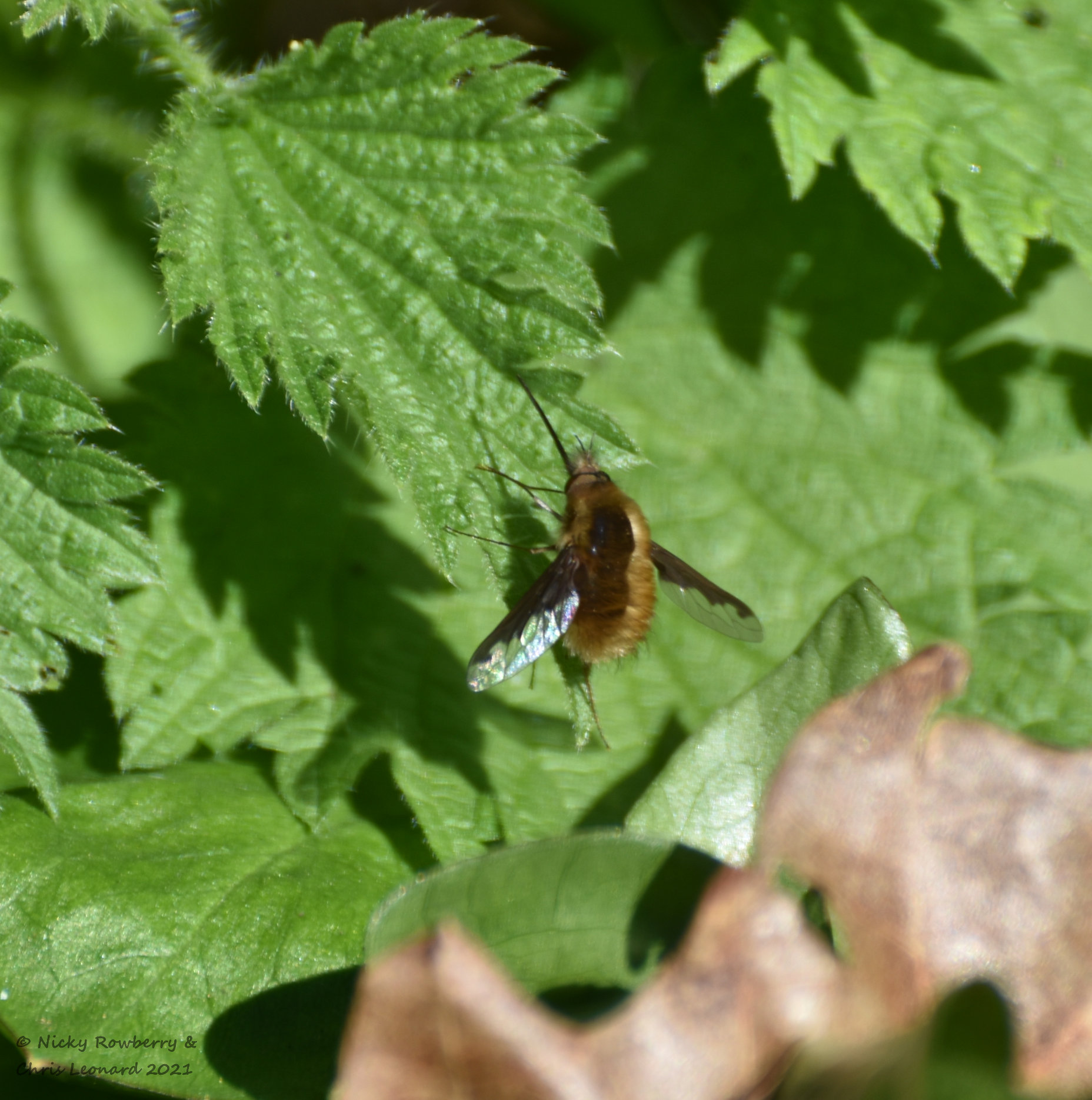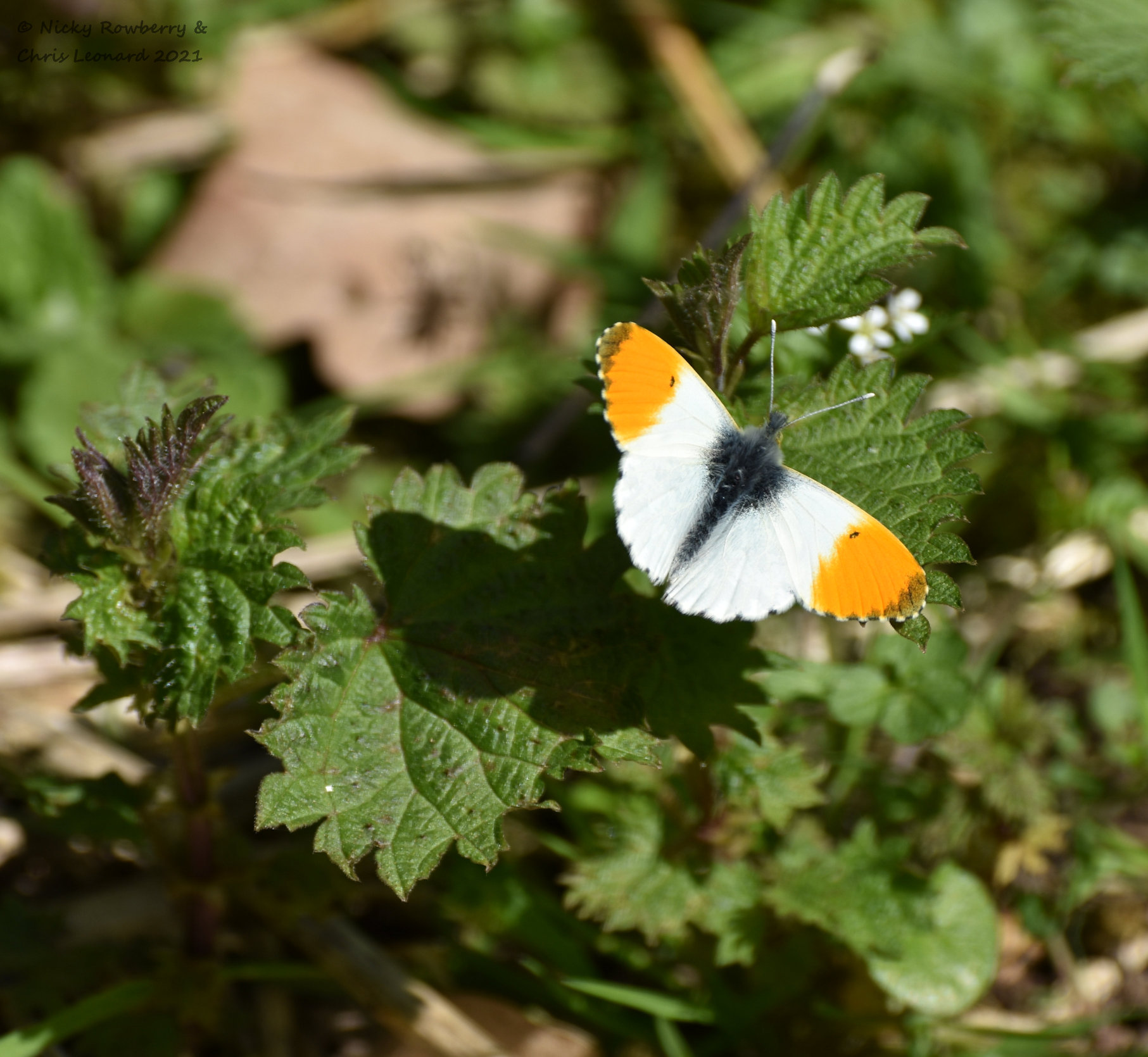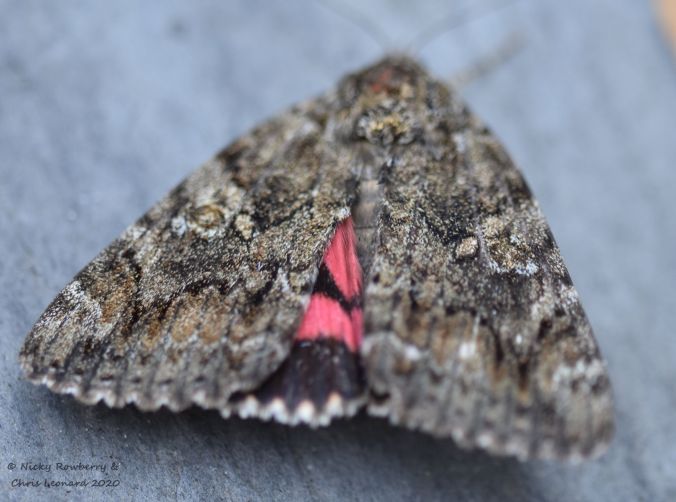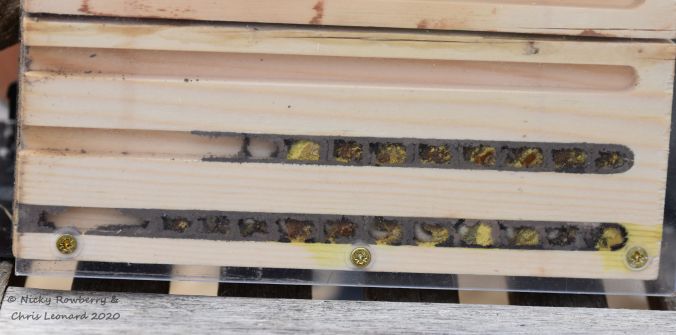Well we all started out with high hopes that 2021 was going to be better than 2020. I’m not sure it achieved that, but best to dwell on the positives rather than the (many) negatives of the year. So here’s a round-up of some of my wildlife highlights from 2021, including a catch-up on my clearly over-ambitious New Year’s Resolutions.
 The main highlight was probably going to Norfolk. We had originally planned to go in 2020, but covid put paid to that, but we finally made it there in June 2021. We had a rental right by the river in Wroxham, so were surrounded by wildlife from the start – birds, dragonflies and even a resident pike. We ticked off number 53 on our list of British butterflies with the gorgeous Swallowtail and saw loads of dragonflies and birds. As I write, this I’ve realised I never actually got round to blogging about the birds, so will have to do a bit of a summary of those in a separate post. We visited lots of nature reserves and it was great to see a completely different set of wildlife to that which we get back home in Worcestershire.
The main highlight was probably going to Norfolk. We had originally planned to go in 2020, but covid put paid to that, but we finally made it there in June 2021. We had a rental right by the river in Wroxham, so were surrounded by wildlife from the start – birds, dragonflies and even a resident pike. We ticked off number 53 on our list of British butterflies with the gorgeous Swallowtail and saw loads of dragonflies and birds. As I write, this I’ve realised I never actually got round to blogging about the birds, so will have to do a bit of a summary of those in a separate post. We visited lots of nature reserves and it was great to see a completely different set of wildlife to that which we get back home in Worcestershire.
Back at home, there’s been plenty of interest in the garden. The moth trap has been running throughout the year, bringing 34 new species to the garden. This takes the total up to an amazing 438 species recorded since I started in 2013. I’d never have dreamed back then that we could get such a huge variety of moths visiting our modest suburban garden. Highlights from this year include whoppers like the Pine Hawkmoth and this Privet Hawkmoth:

At the other end of the size spectrum, there were some lovely micro moths, including this Pearl Grass-veneer – a species I’d been hoping to see for a while.

Another mothy highlight was finally getting to see the flightless female vapourer moth and not only that, but getting to watch her laying eggs on our garage wall.

We put up more bee hotels last year and were rewarded with plenty of solitary bee activity. No new species recorded in the garden, but thrilled to finally catch a leaf-cutter bee actually cutting leaves.
 The pond continued to delight and I spent many a happy hour there last year watching the wildlife. We got frog spawn in it for the first time and the newts were busy too. I would love to get toad spawn, but I gather they tend to be faithful to the ponds they were born in, so we will be lucky to get those – but I live in hope. We had plenty of dragonfly and damselfly activity, including home-grown damselflies hatching from the pond. Only one new species was spotted – this Blue-tailed Damselfly, bringing our total Odonata species list for the garden to 10.
The pond continued to delight and I spent many a happy hour there last year watching the wildlife. We got frog spawn in it for the first time and the newts were busy too. I would love to get toad spawn, but I gather they tend to be faithful to the ponds they were born in, so we will be lucky to get those – but I live in hope. We had plenty of dragonfly and damselfly activity, including home-grown damselflies hatching from the pond. Only one new species was spotted – this Blue-tailed Damselfly, bringing our total Odonata species list for the garden to 10.

We’ve had happy and sad news with our hedgehogs in the garden. The good news is that through the warmer months we were visited nightly by at least one, and sometimes as many as three hedgehogs. Lots of courtship behaviour witnessed on the cameras and a few heated hoggy debates over food or ladies. Some of the courtship was quite late in the year though and the inevitable result was at least one late litter of hoglets. While a second litter may seem like a good idea, the resulting hoglets often don’t have time to fatten up before the winter. The result was that in a 2 week period between the end of October and early November, I had to rescue 6 very underweight hoglets, 2 of whom were out during the day as well. None of these would have survived hibernation without intervention as they just didn’t have the fat reserves. The 6 were all taken to local rescues. Sadly despite the best efforts of the rehabilitators, 3 of them still didn’t make it.

Thankfully the remaining 3 have survived. One has even grown enough that he was released back in our garden during a mild spell. Hopefully the remaining 2 can be released back home in the spring too.
Despite all the enjoyment I’ve had from all of the above, the animals of the year have to be slugs! Not everyone’s favourite I know, but over the last year I’ve grown quite fond of them. For most of this year I participated in a nationwide slug survey and am now a slug fan. Some of the slugs are still being analysed back at slug HQ (a RHS lab), so I’ll have to wait a bit for the final conclusions. But slugs really reached the dizzy heights for me when one of the actual slugs from our garden featured on Gardener’s World – it doesn’t get more exciting than that!

As to last year’s New Year’s Resolutions, I think I’ve failed pretty dismally on most of them (as with most things, I blame this on Covid). Here’s what I set out to do and what I did or did not achieve:
- Video a dragonfly emerging from our pond. I did see some damselfly larvae and found several exuviae on rocks and plants, but didn’t manage to see them actually emerge in our pond. But we did see some emerging while we were in Norfolk, so can I count that???
- Expand the moon garden – nope – the moon garden is stuck at the same size it was last year. I still had a good year for moths, but there’s always hope for more.
- See 2 more species of British Butterfly. Only managed to see 1 more, but it was the fabulous Swallowtail, so more than happy with that.
- Visit 5 new nature reserves. I think we did do that if I include the ones we went to in Norfolk.
- Rockpooling. Nope – only managed to see sandy beaches in Norfolk, so no chance for rockpooling.
- Go and see some wild Ospreys. Nope and again I blame Covid for travel restrictions during Osprey season.
- The moth tattoo! Maybe I should give up on this!
So what about resolutions for 2022?
- Continue the quest to see all the British species of butterfly. So far we’ve seen 53 out of the 58. We’re hoping to holiday in the Lake District this year, so with luck might be able to tick 2 more species off the list.
- I had planned on starting a nature journal, recording the daily goings on in the garden. But as I write this, we are already on the 9th of January and I haven’t made a single journal entry – maybe I can start it in the spring?
- Rockpooling. I would still really love to be able to film some wildlife in a rockpool with the GoPro. Hopefully there will be some rocky coasts round Cumbria to try this out.
- Try a night-time safari in the garden. While doing the slug surveys, I was amazed how much invertebrate life was active after dark. So it would be nice to spend a night seeing the other side of our garden life.
- Do a wildlife audit of the garden – hopefully this will be a lot more fun than that makes it sound. I already know how many moths and bee and dragonfly species we get, but I thought it would be interesting to tally up ALL the species we get. Since we’ve got over 400 moths alone, the total species count should easily make it over 500.
- The moth tattoo – one of these days.
So despite a pandemic’s efforts to put a dampener on 2021, there was still much to enjoy in terms of wildlife. Being blessed with an interest in wildlife can be a real life-saver when so much of the rest of the world is doom and gloom. There is always something in nature to lift your spirits, whether it’s spotting some exotic bird or getting a slug on Gardener’s World! xx











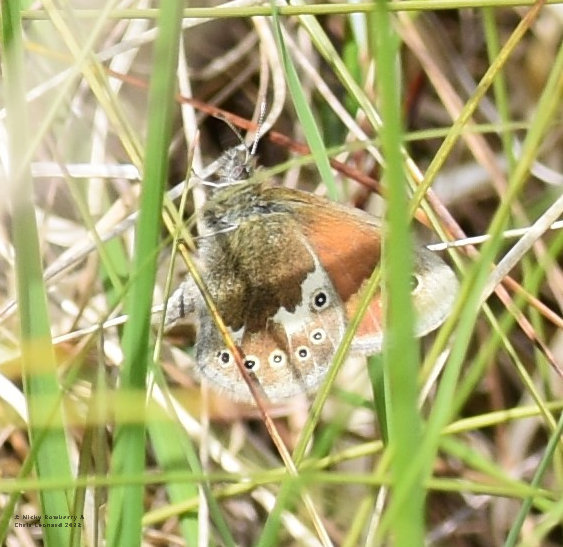




















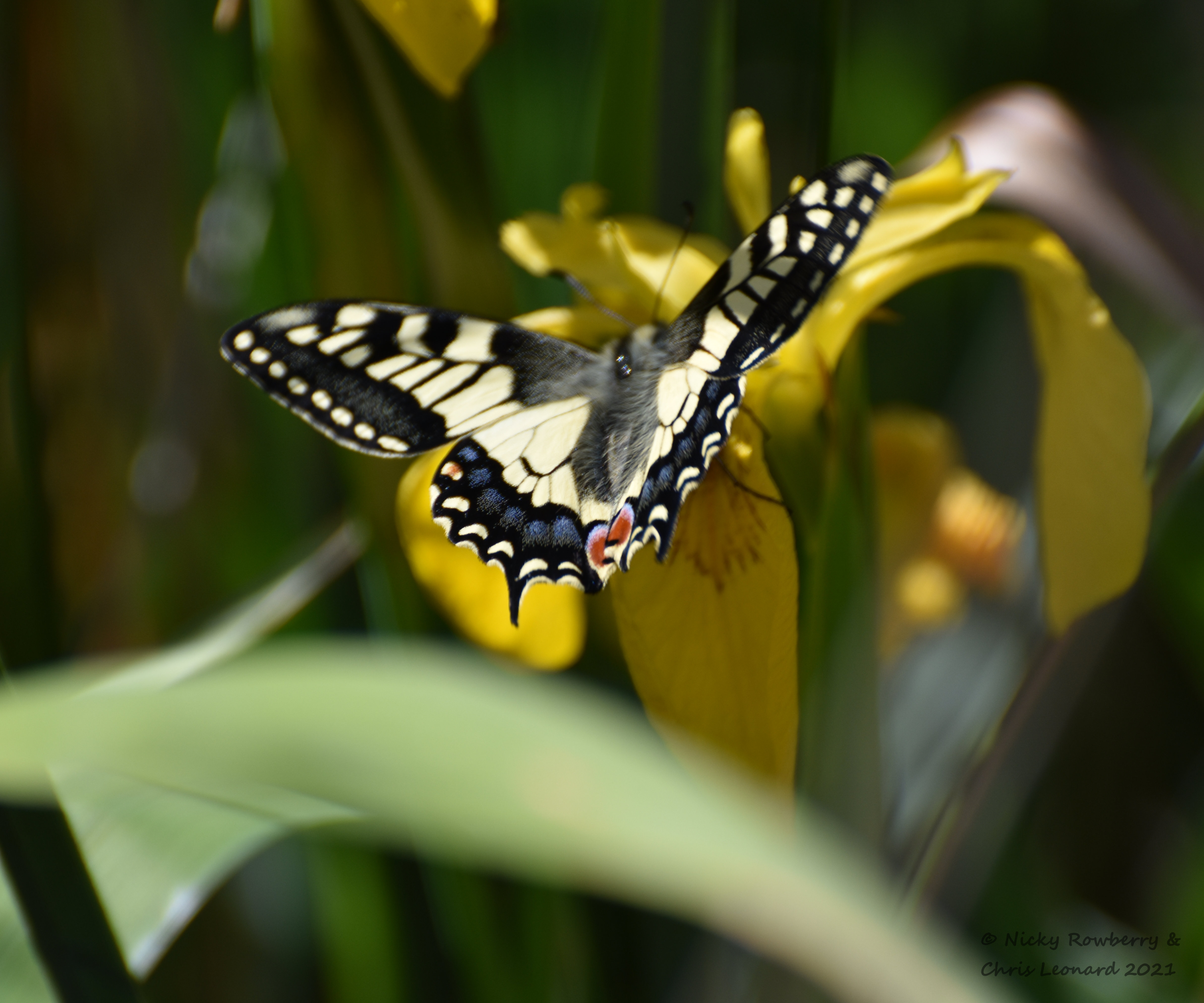
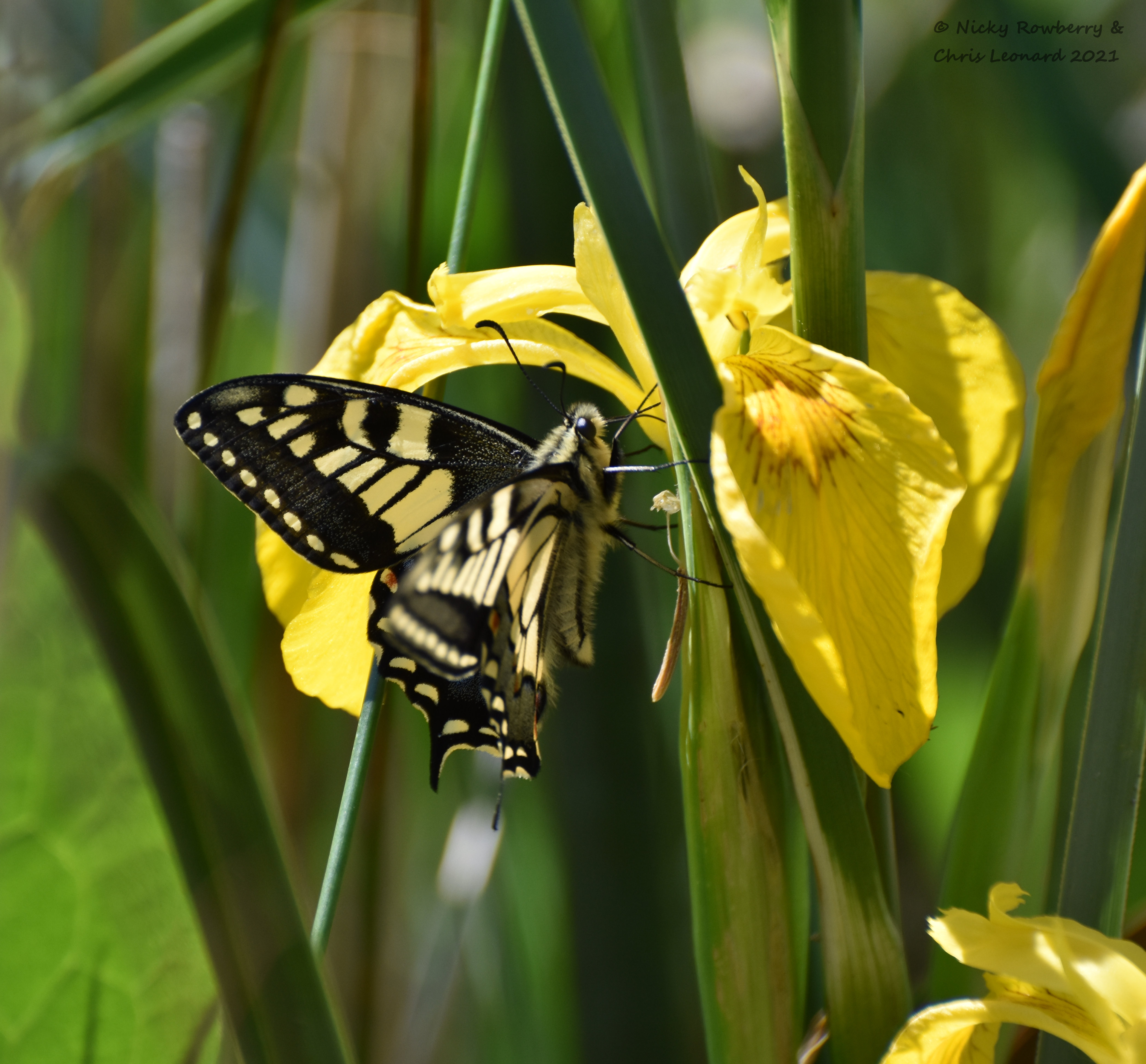

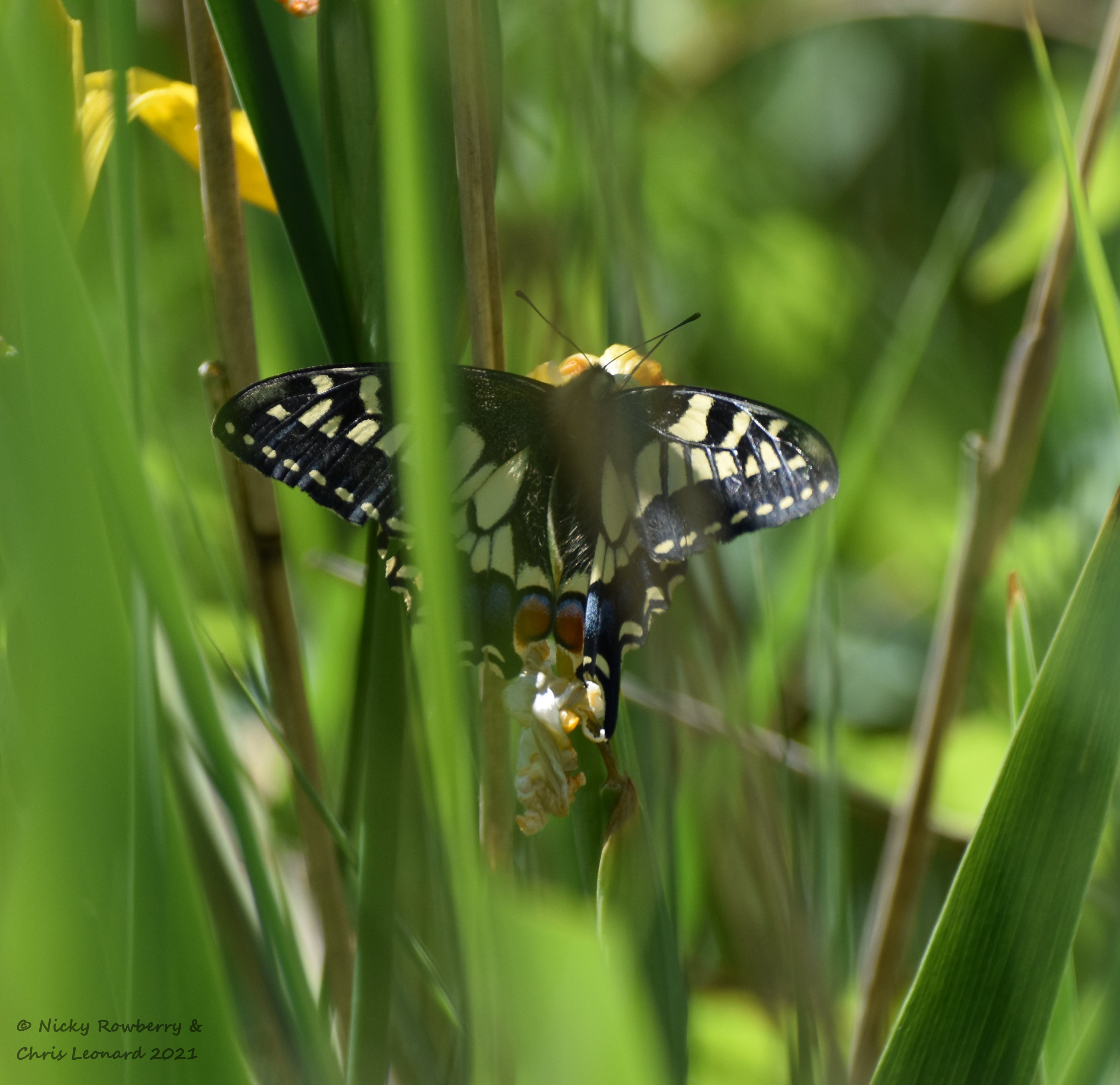




 Blackhouse Wood and Crews Hill (which is also wooded) are both owned by Worcestershire Wildlife Trust and are joined to form one long thin area of semi-natural ancient woodland. The shape of the wood meant that for once, we were reasonably confident that we couldn’t possibly get lost!
Blackhouse Wood and Crews Hill (which is also wooded) are both owned by Worcestershire Wildlife Trust and are joined to form one long thin area of semi-natural ancient woodland. The shape of the wood meant that for once, we were reasonably confident that we couldn’t possibly get lost!








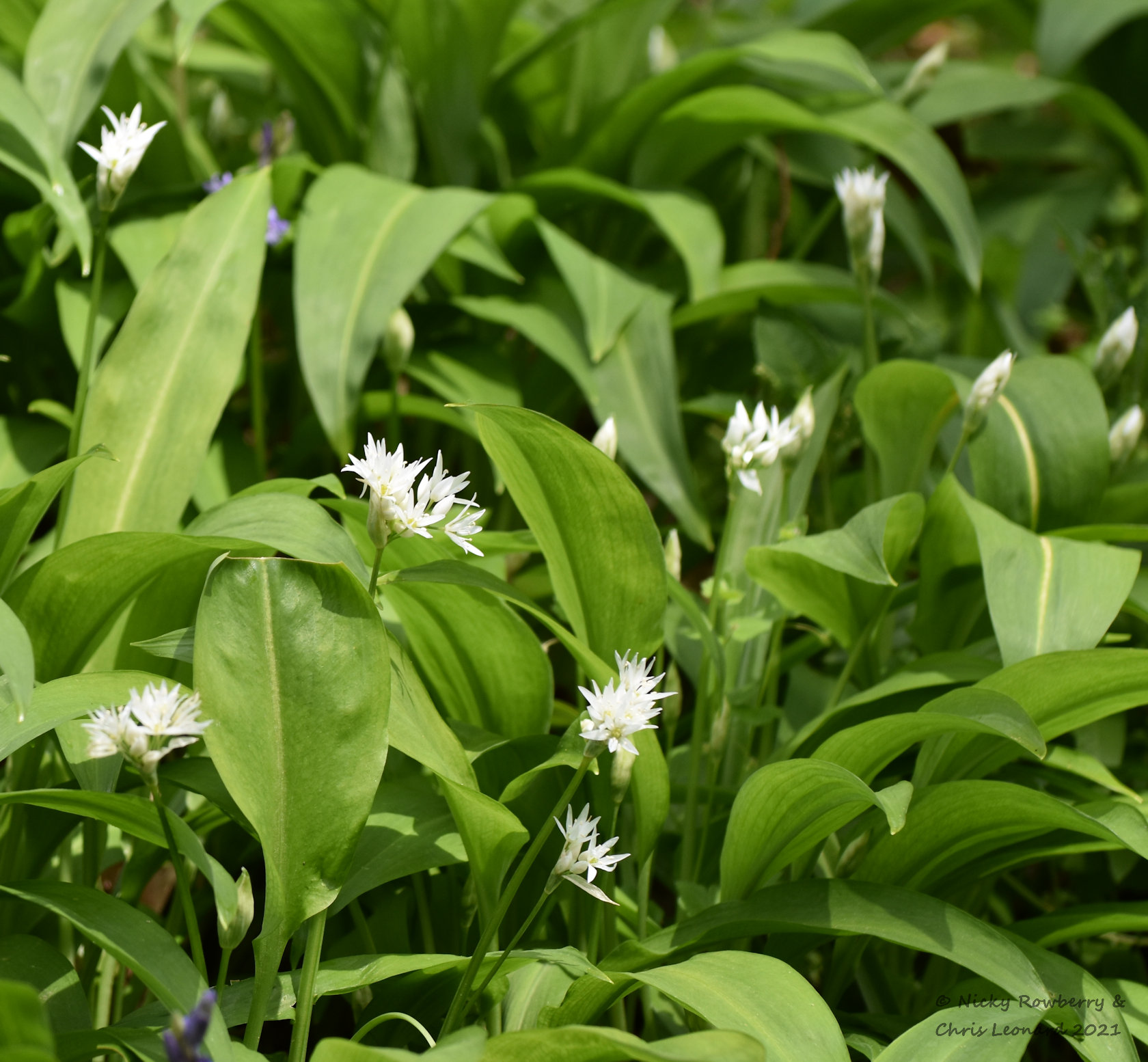











 A sunny, if cold, Easter weekend and we took advantage of the lockdown easing to get out and about for the first time this year. So we headed out to find a small nature reserve that we’d not been to before – Hollybed Farm Meadows. We drove past hordes of people heading for the Malvern Hills, but fortunately Hollybed Meadows were virtually deserted and it felt like we had the reserve to ourselves. The meadows may not be at their best until the summer probably, but now we know how to get there, we will definitely go back later in the year.
A sunny, if cold, Easter weekend and we took advantage of the lockdown easing to get out and about for the first time this year. So we headed out to find a small nature reserve that we’d not been to before – Hollybed Farm Meadows. We drove past hordes of people heading for the Malvern Hills, but fortunately Hollybed Meadows were virtually deserted and it felt like we had the reserve to ourselves. The meadows may not be at their best until the summer probably, but now we know how to get there, we will definitely go back later in the year.
